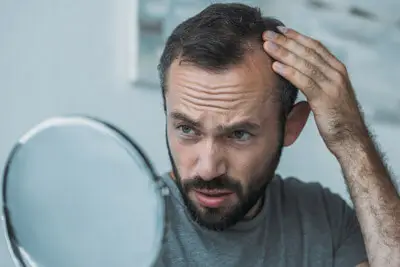| Item | Price | Qty | Total | |
|---|---|---|---|---|
 Loading Cart...
Loading Cart...Homologous PRP vs Autologous PRP For Hair Loss

Platelet-Rich Plasma has shown promising results in combating hair loss.
However, the specific origin of the PRP (homologous vs autologous) seems to determine how successful the treatment is.
Check out the research on PRP for hair loss to see which type of PRP may be the better choice.
What Is PRP for Hair Loss?
Studies suggest that PRP may aid in Hair Restoration, such as but not limited to encouraging hair follicle cell survival, as well as heightening hair density in those with androgenic alopecia.
PRP for hair restoration is prepared by collecting blood and spinning it in a centrifuge to separate the PRP from the Poor Platelet Plasma and Red Blood Cells.
The PRP is then injected into the scalp, where the growth factors aid in regeneration.
Homologous vs Autologous PRP
Homologous PRP is prepared using the same blood group as the patient’s, and autologous PRP is prepared from the patient’s blood.
Regarding androgenetic alopecia, a study compared homologous PRP, activated autologous PRP, and non activated autologous PRP for treating the condition in men.
While all three PRP preparations were able to raise hair density, homologous PRP was statistically shown to be the best.
How Much Does PRP for Hair Loss Cost?
The cost of PRP for hair loss will depend on factors such as where you’re receiving treatment and the number of sessions you’ll need. In Texas, the cost of PRP for hair loss might be $1,500 for one treatment.


